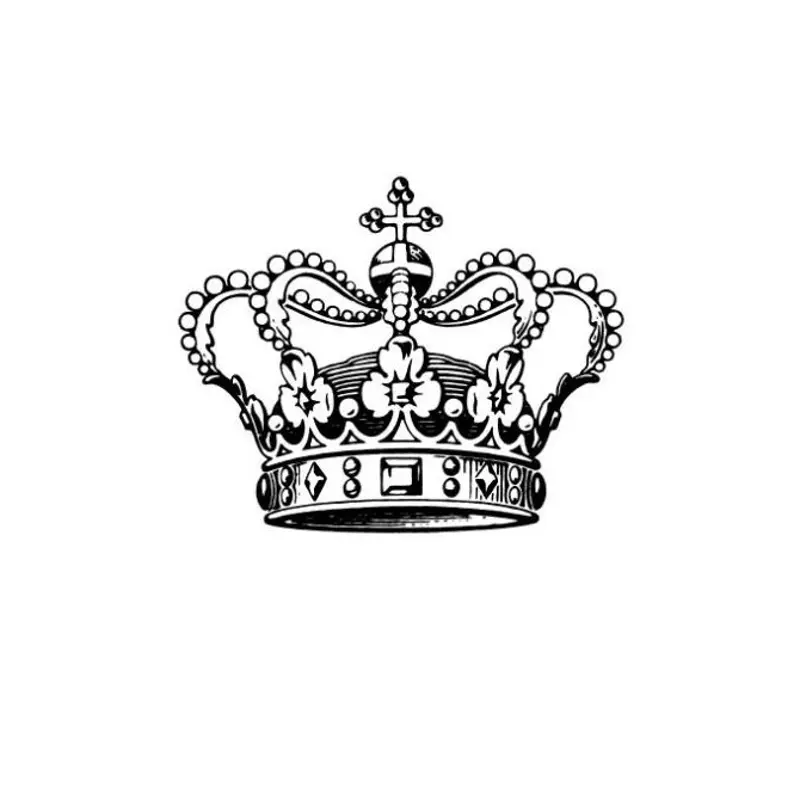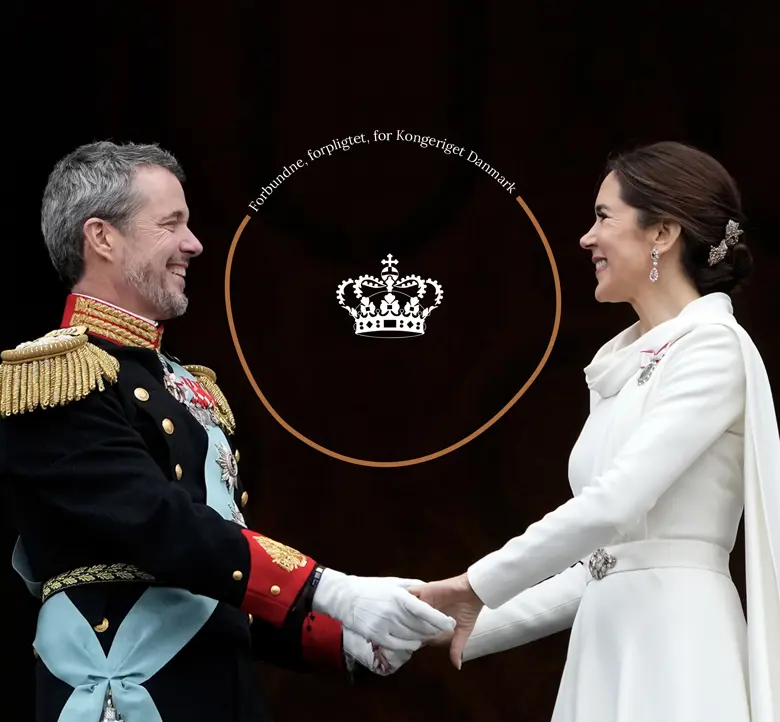Background on succession to the throne

Since the 1600s, the Danish monarchy has been a so-called hereditary monarchy, in which the Crown is inherited upon the death of the sovereign.
The Act on Succession to the Throne of the Kingdom of Denmark from 1953 thus stipulates that the Danish throne is inherited within the descendants of Christian X and Queen Alexandrine.
Until 1953, only male descendants of the king were able to inherit the throne. That was changed in 1953, when, following a referendum, it was determined that female descendants should also be able to inherit the throne, but in such a way, however, that male descendants should have precedence.
It was the amendment of the rules for succession in 1953 that prepared the way for HM The Queen to be able to assume the throne after the death of her father, Frederik IX, on 14 January 1972.
With the most recent amendment of the Act of Succession in 2009, equality in the succession to the throne was implemented. This means that the throne is now inherited by the sovereign’s oldest child – regardless of gender.
In Denmark, the tradition up to the present has been that the succession to the throne takes place upon the death of the sovereign, as was the case most recently in 1972. In these instances, the succession occurs the moment the sovereign dies.
The upcoming succession to the throne will be different. This time, the succession will first take place during the meeting of the Council of State at the moment The Queen has signed a declaration of her abdication.
HRH The Crown Prince will thus arrive at Christiansborg Palace as a crown prince and leave it as King. Likewise, HRH The Crown Princess will arrive as a crown princess and depart as Queen. HRH Prince Christian will leave Christiansborg Palace as Crown Prince (heir to the throne).
Upon the succession to the throne, the new sovereign takes charge of all of the functions which, according to the constitution, are incumbent on the head of state.



